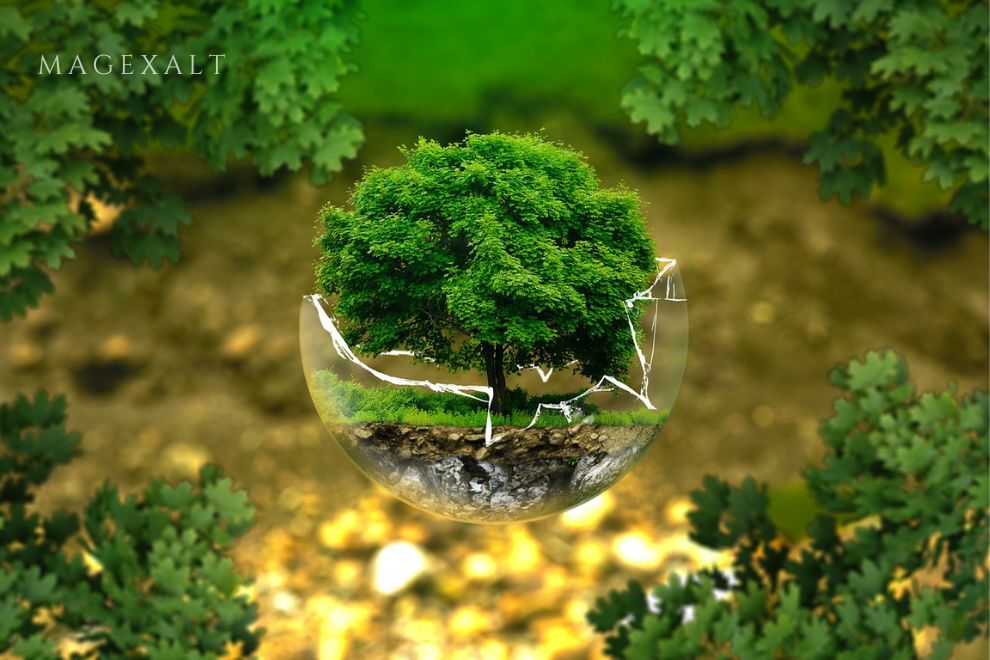Earth and Environmental Science delves into the intricate web of connections that sustain life on our planet. From the microscopic organisms in soil to the vast expanses of the atmosphere, every component interacts in complex ways, shaping the environment we inhabit. This interdisciplinary field draws from geology, meteorology, biology, chemistry, and more to unravel the mysteries of Earth’s systems and understand the profound influence of human activities.
At its core, Earth and Environmental Science seeks to decipher the intricate dance of Earth’s spheres: the lithosphere, hydrosphere, atmosphere, and biosphere. Each sphere influences the others, creating feedback loops that regulate climate, shape landscapes, and support biodiversity. For instance, changes in ocean temperature can affect weather patterns, while deforestation can disrupt local ecosystems and alter rainfall patterns. By studying these interactions, scientists gain insights into natural phenomena like climate change, habitat loss, and pollution, guiding efforts to mitigate their impacts.
Human activities have become a dominant force shaping Earth’s systems, leading to unprecedented environmental challenges. From the burning of fossil fuels to deforestation and industrial pollution, our actions are altering the planet’s climate and biodiversity at an alarming rate. Earth and Environmental Science plays a crucial role in monitoring these changes, modeling their consequences, and developing strategies to promote sustainability and resilience.
One of the key principles of Earth and Environmental Science is the concept of interconnectedness. Everything on Earth is connected in some way, from the microbes in soil to the global climate system. Recognizing these connections is essential for understanding the full extent of our impact on the planet and for crafting effective solutions to environmental problems. It also highlights the importance of interdisciplinary collaboration, as no single field can fully grasp the complexity of Earth’s systems alone.
In conclusion, Earth and Environmental Science offers a holistic perspective on our planet, revealing the intricate connections that bind all life together. By exploring these connections, we gain a deeper understanding of Earth’s systems and our place within them. Armed with this knowledge, we can work towards a more sustainable future, where human activities are in harmony with the natural world.





